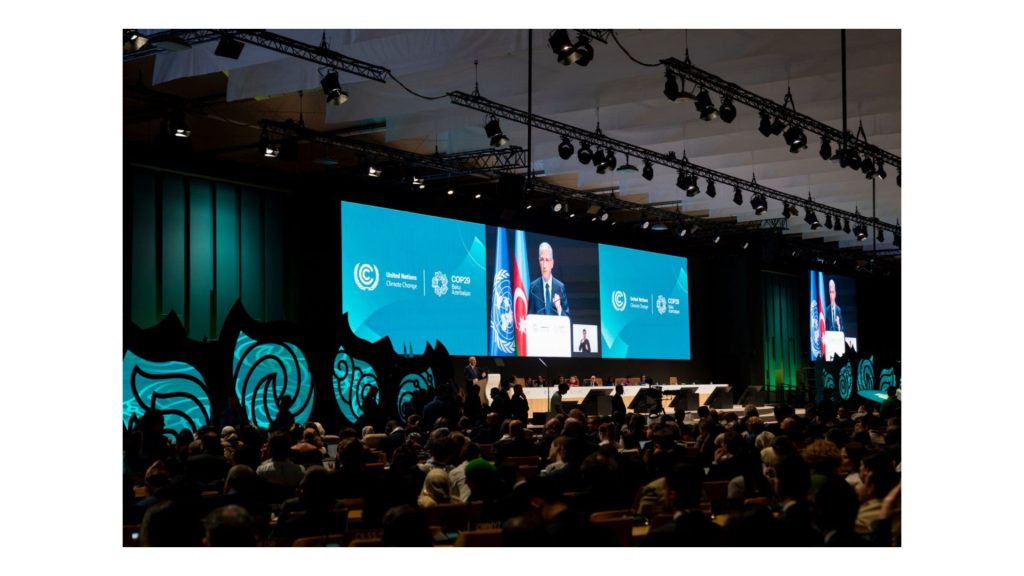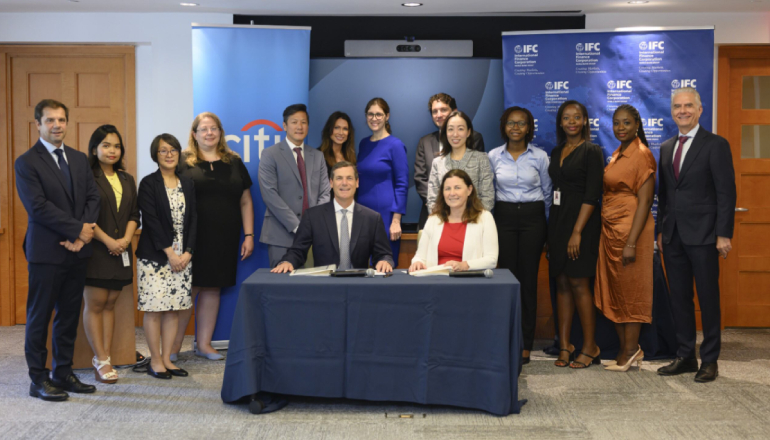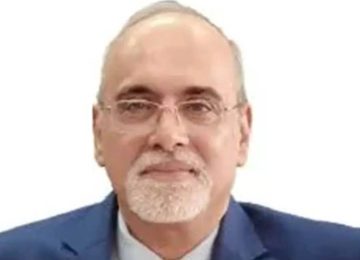Will India’s advocacy for a $1 trillion annual climate finance at Baku pave the way to help developing economies meet their energy transition targets? Or is it yet another tall claim by a growing behemoth, which will fizz away at the end of the fortnight?
India is advocating for a $1 trillion annual climate finance target at the Azerbaijan United Nations Climate Change Conference or COP29.
By February 2025, the new financing goal will help developing nations with their energy transitions and provide clarity on funding for their upcoming national climate plans.
A multi-tiered strategy for climate finance will be discussed by the negotiators, beginning with a core public fund of at least $100 billion and utilizing resources from private investors and Multilateral Development Banks (MDBs).
The nation has underlined that, by the G20 New Delhi Declaration, developed countries must contribute at least
$1 trillion a year to climate finance. Developing countries are hoping that COP29 will advance talks on the new finance goal to help them reach their climate adaptation and mitigation goals.
Meanwhile, India is expected to maintain its stance on increasing climate finance despite the Paris Agreement’s red lines. In COP15, countries agreed on a climate finance target of $100 billion per year by 2020 to meet the needs of developing countries.
However, there was no clarity on how climate finance would be defined, and countries differed on whether conventional business investments in clean energy projects should be counted as climate finance or if these sums would be over and above money channeled to economic development.
In 2022, the Organisation for Economic Cooperation and Development (OECD) claimed that the target of $100 billion had been achieved. Since 2022, multiple meetings have been held to converge upon a new target called the New Collective Quantified Goal (NCQG) on climate finance, which ideally should be firmed up by the COP this month.
A draft negotiating text suggests numbers ranging from $1-1.5 trillion with a commitment period until 2035 are being debated. A positive NCQG outcome is essential to restore confidence in multilateral efforts and mend the fractured trust between developed and developing countries.
Moreover, The United Nations Environment Programme (UNEP) in its Adaptation Gap Report 2024, No matter what, noted that it is imperative that countries step up their efforts to adapt to climate change.
As per the UNEP report, international public adaptation finance flows to developing nations climbed from $22 billion in 2021 to $28 billion in 2022, the largest absolute and relative year-over-year increase since the Paris Agreement.
The Glasgow Climate Pact, which called on developed countries to double adaptation funding to developing nations from roughly $19 billion in 2019 by 2025, is reflected in the report. But even meeting the Glasgow Climate Pact target would only result in a 5% reduction in the adaptation finance gap, the UNEP said.
The report urges countries to include more robust adaptation elements in their upcoming round of climate pledges and to adopt a robust new collective quantified goal on climate finance at COP29.
26 nations without a national adaptation planning tool are not showing any signs of creating one, while 171 countries currently have at least one in place. Seven of these nations are fragile or affected by conflicts, necessitating special assistance to meet the UAE Framework for Global Climate Resilience planning goal by 2030. National adaptation plans (NAPs) from developing nations have varying degrees of potential efficacy, which suggests that committed assistance is required. Although they are not in line with the challenge, adaptation efforts are generally on the rise.
Studies of projects carried out with funding from the UN Framework Convention on Climate Change indicate that about half are either unsatisfactory or unlikely to be long-term viable without project funding. To achieve the UAE Framework for Global Climate Resilience’s implementation goal, more work will be required. In order to close the adaptation finance gap, creative strategies for raising more funds are needed, such as improved enabling conditions, fresh ideas, and financial tools.












Test by durai